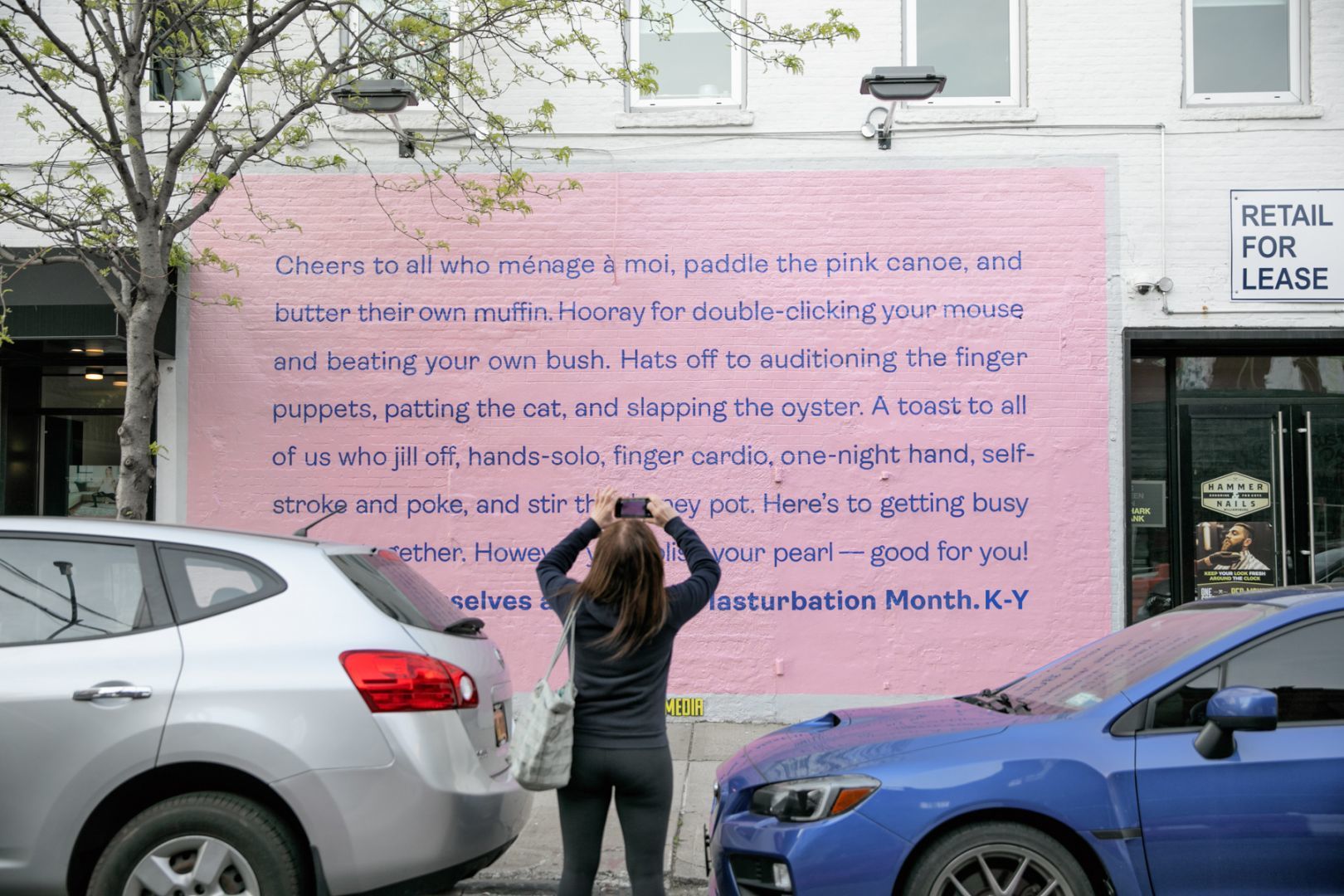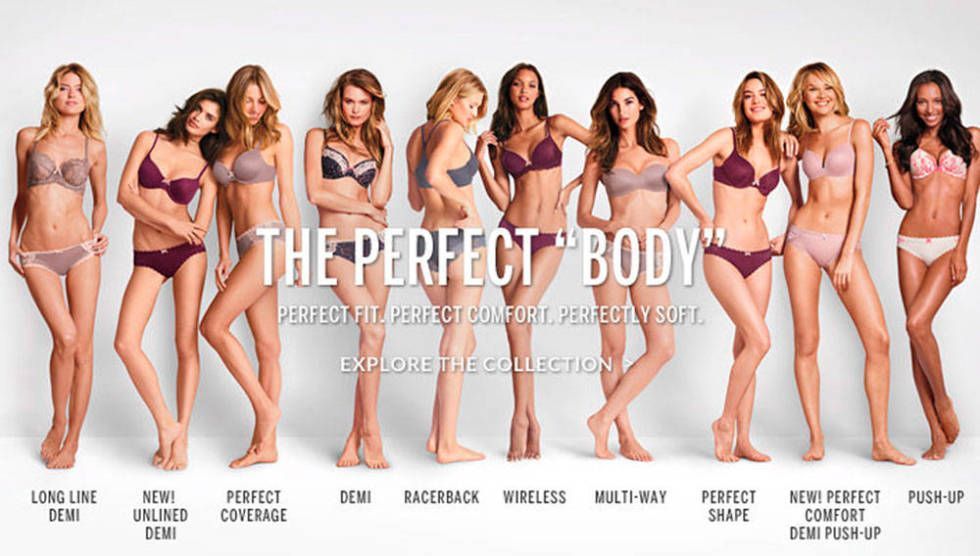What a Girl Wants (is for Brands to do Better)

International Women’s Day is a great time for brands to raise awareness of gender inequality and do their bit to take action against the issues that affect us. But unfortunately, whether they’re celebrating the day or not, there are still plenty of brands that miss the mark.
So I’ve taken some time between writing for our clients and accepting the fact that I'm no longer good at Wordle (cheers NYT) to look at some successful and not so successful attempts at speaking to women.
Let’s start with the good.
Overly ‘inspirational’ style adverts usually earn their fair share of eyerolls (and rightly so) but Nike’s 2020 IWD ad ‘one day we won’t need this day’ kind of works for me. Between the no-nonsense hook and the diverse group of women included, celebrity or otherwise, it feels suitably impactful and empowering. But beyond all that, the reason it’s so strong is that it’s truly authentic to Nike’s ‘just do it’ positioning.
Going further than a one-off ad are brands that are fundamentally changing how we view so-called ‘women’s’ issues by tackling taboos head on. Sexual wellness brand K-Y’s masturbation month campaign does a great job of putting the power back in our hands (pun intended). Through tongue in cheek messaging and a euphemism list as long as my arm, they’re championing the female gaze, reclaiming control of the conversation around our bodies and giving the traditionally ‘hush hush’ subject the air time it deserves.

(Image credit: Elephant.is, 2022)
Now onto the not so good. First up, Victoria’s Secret faux pas. In 2014 they ran an ad for their ‘body bra’ with the copy line ‘the perfect body’ alongside an image of ten almost identically built supermodels. Unsurprisingly the campaign received a tonne of backlash and the message was changed, this time to the equally tone deaf ‘a body for every body’. If you ever need an argument for why your verbal and visual team should work together, this is it.
There is some good news though. Last year the brand unveiled their refreshed visual identity which now includes models of all different shapes and sizes. So they’re making progress, albeit slowly.

(Image credit: Cosmopolitan.com, 2014)
Another example of missing the mark came from McDonalds in 2018. They flipped their golden arches to make a ‘W’, supposedly to celebrate the ‘extraordinary accomplishments of women everywhere, especially in [their] restaurants’. Although widely praised within the LinkedIn echo chamber as a clever use of a brand’s iconic symbol, I find it hard to swallow when you remember they don’t even pay their workers a living wage.
Then you’ve got all the name changes, Harvey to Holly Nicholls, Shell to She’ll – I could go on. An idea so overdone that agencies have even tried it themselves. At first glance this trend seems like nothing more than a shallow attempt for press coverage and a lot of the time it is. I’m sure we all remember BrewDog’s infamous Pink IPA and can appreciate how, years on, it’s now more ironic than ever.
But with the right actions to back it up, playing with your brand or product name can be a powerful conversation starter. Hershey’s put their money where their mouth is with their ongoing IWD campaign, emphasising the ‘her’ and ‘she’ of their name to raise awareness of their various initiatives and charity partnerships. I must admit, not every execution has been perfect, but the below examples from the brand’s Brazil arm in 2020 are my favourite.

(Image credit: musebycl.io, 2020)
International Women’s Day isn’t just another date in your brand’s content calendar, a box-ticking exercise or a way to profit from a problem. It’s about using your brand’s influence to raise awareness of important issues and drive real change. And this goes further than one day a year. As the examples above prove, it matters just as much what you do for the other 364.
As complex and nuanced as the subject is, I’ll admit it can be difficult for brands to get it right. Some will succeed, some will fail and some won’t bother saying anything at all out of fear of getting called out.
But in short, everything you do needs to be authentic to your brand – and you have to be able to back it up. You can’t just say the right thing, you have to do the right things too, and in a way that aligns with your brand values.
So brands I ask you, today and all days – listen to your audience, admit when you could do better and put your promises into practice. Only then will you build a lasting meaningful connection.
Lizzie, Copywriter.